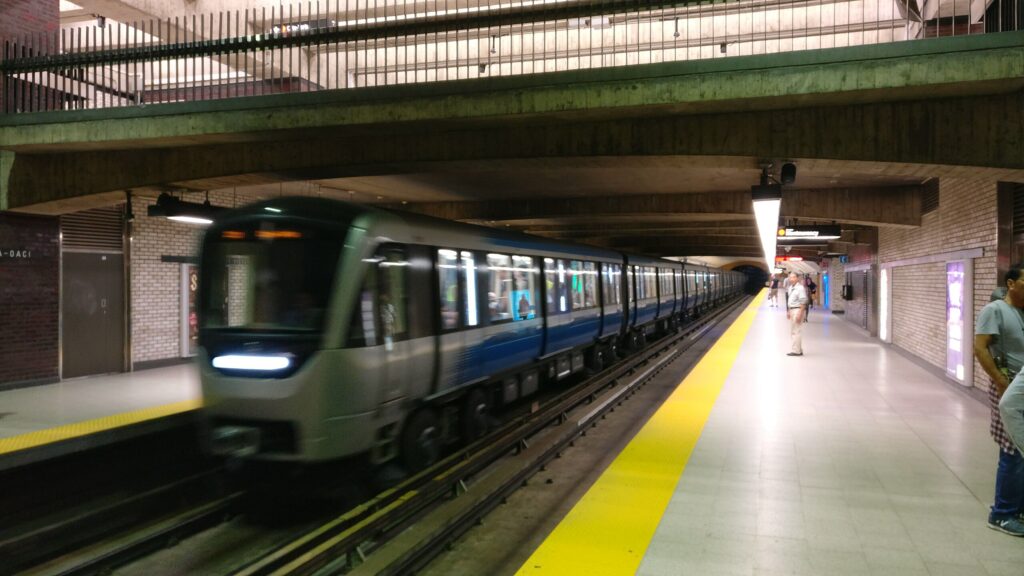The Société de Transport de Montréal (STM) recently announced a $36 million budget cut for the year 2024. In total, 230 positions will be terminated by the STM this year, supposedly "without affecting services offered." Their union, the Syndicat des professionnelles et des professionnels de la STM (SEPB 610) disagrees and metro users can testify to the increase in service stoppages which, according to STM figures, have been steadily increasing over the past 3 years.
Benoit Tessier, vice-president of SEPB 610, denounces the STM's poor planning. According to him, the cuts do not address the real problems affecting the organization, such as the use of subcontractors or the lack of resources allocated to asset maintenance. North Star spoke to him to better understand the situation.
"We're cutting resources, we're cutting funding, and yet we expect just as much in terms of results and work performance, if not more. What we get instead is excessive workloads, staff burnout, and impacted service because our professionals don't have the resources to do their jobs."
Normally, maintenance teams intervene to ensure the reliability of infrastructure, vehicles, and equipment such as escalators. However, "when we're forced to make choices, to prioritize the most urgent tasks, these preventive maintenance programs get cast aside. We say, 'Yes, we should do that, but we've got something more urgent, so we don't have time for prevention.'"

"It's a much less efficient way of managing. That's the irony of it, the government cuts funding by saying 'We want more efficiency, more optimization,' but we see exactly the opposite. We'll fix it once it's broken, but there will be an impact on service. We get fewer vehicles providing service, we get escalators that don't work, we have more construction sites in the metro stations because there's concrete to repair."
Mr. Tessier further denounces the omnipresence of external subcontractors in STM offices. According to him, about half of the 800 employees working on asset maintenance and the Blue Line extension are employees of outside firms. "That's what we're questioning. Why call on the private sector for investment programs that last so long? Asset maintenance has been going on for at least 25 years, because there's always equipment to replace. There's always new infrastructure to build."
"The STM still says that when there's less investment, working with the private sector means it can tell the private firm that it needs fewer resources. That way, layoffs can be avoided. In reality this is not really the case. Over the past year, there has been less investment from the government. Our members in the field haven't seen many people from the private sector returning home. We don't buy that argument."
According to Tessier, in many cases, private firms simply act as recruitment agencies for the STM. "What the private firm does is, once they get the contract, they post jobs on the market. You can look on popular job sites, and you'll see jobs from Stantec, EXP, etc., that say, 'come and work at the STM project office.' So this idea that there's a great deal of expertise to be found in the private sector is not true."
These hires also mean extra work for the STM's permanent employees. "Our members who receive these new colleagues have to train them. These are people who don't have the experience, the knowledge of the Montreal metro; you can't get that anywhere but the STM."
"The government has come up with the idea, without really checking, that the private sector is more competent, more efficient, it has more expertise than the public sector. This ideology seeps into everything through the funding programs that the government uses to finance these projects."


